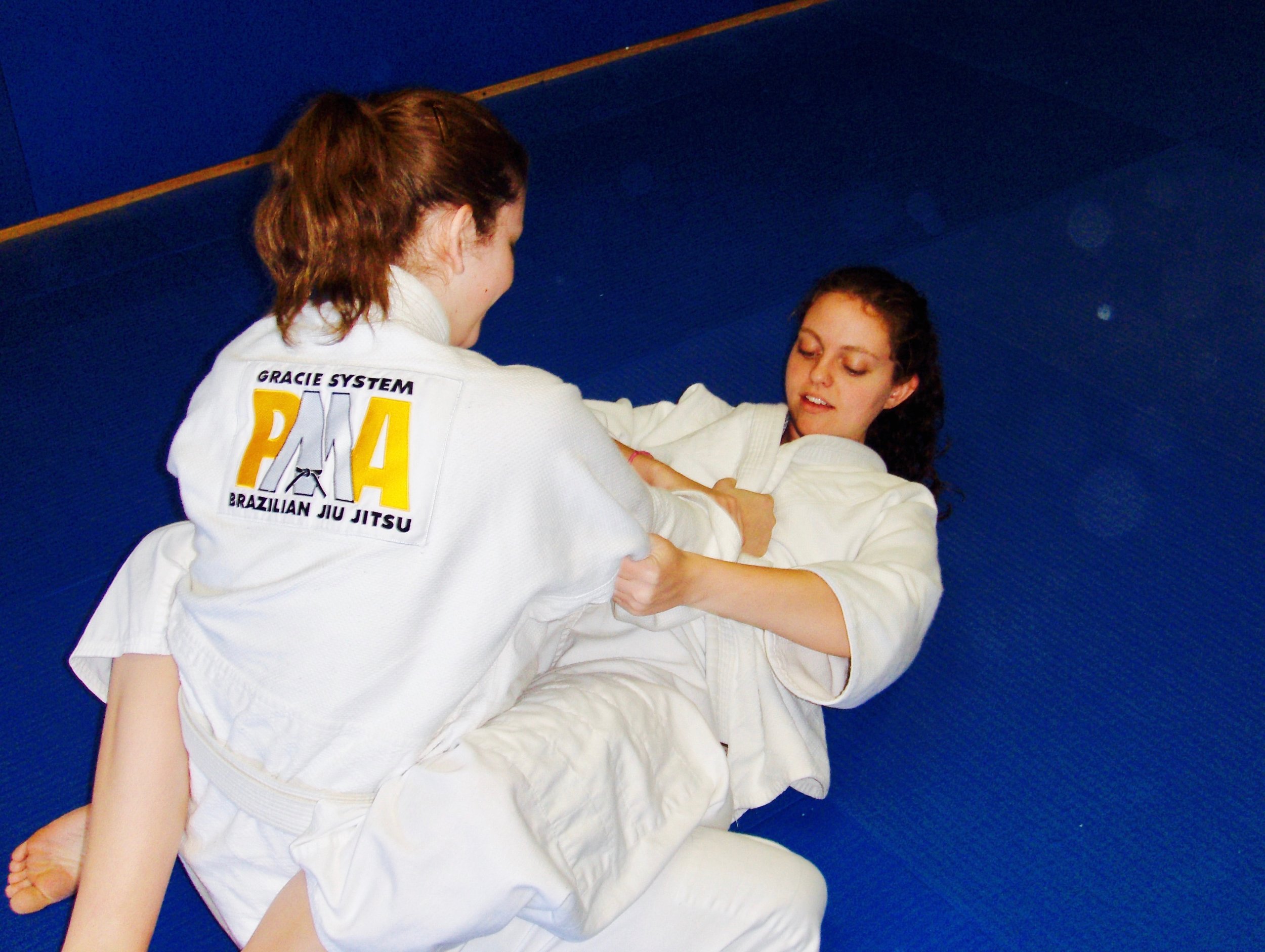I’d like to share with everyone a message I received from one of our female students this week. Afterward, be sure to scroll all the way to the bottom for an important announcement!
“Random fun story:
Last night I was the designated driver for a part bachelor party and part everyone get together for dinner and drinks. We parked in a random, not particularly well-lit garage. At the end of the night, the guys decided to continue the festivities and catch an uber back home.
So I was going to drive myself and another girl home. Her husband was not keen on us going home by ourselves. Honestly, I got annoyed and was trying to insist that we were fine.
Long story short, after thinking about it later, I realized that while of course, bad things could have happened, I felt capable of defending myself. I mean had the guy walked us to the car, I was more equipped to fight back than he was!
I’m not a fearful person, AT ALL! Mostly, I am just stubborn.
But last night was the first time I felt confident because of my skill set.
It was even hard to catch that I felt that way. I had to think about it for awhile because my actions were not any different than normal. I always would have resisted help because I’m just stubbornly independent and just would’ve believed that nothing was likely to happen.
In the deep parts of me, however, there is something slightly different now about how I feel about it.”
These kinds of messages are some of the most fun for me to receive. I have also talked with female students after something physical actually happened, and while of course, I am incredibly proud of them for capably defending themselves, I would have much-preferred nothing ever happened.
We were talking last week about one of the differences between men and women training martial arts. Both will receive the confidence like in the story above in feeling capable of defending themselves, but it is a much more important skill set to develop for women.
Why?
For men, the majority of situations that we could find ourselves in could be avoided by not getting drunk, and keeping our egos in check. For example, I know that chances are much smaller that I’ll ever be in a street fight because I feel totally secure in walking away from some angry person that’s had a bad day (or life) and is taking it out on me.
We know that walking away from a fight is the best answer, for many reasons, but one of the most obvious is that you never know what could happen. The opponent could pull out a knife or gun for example and change the whole scenario!
For women, however, they are preyed on much more frequently than men. They can feel just as strongly about walking away from a fight and still be much more likely to be attacked than their male counterparts.
Therefore, we view empowering women with awareness, self-defense skills, strength, and confidence as one of our most important jobs.
Female Black Belts at PMA!
With that said, I’d like to announce our next free women’s self defense seminar on Saturday, April 28th from 3-5 PM!
As a treat for our blog readers, this is the first place we’ve announced the seminar because these fill up really quickly. You can reserve your spot now at the link below (it’s free, but a $20 deposit is required to hold the spot).
This edition of our popular women’s self-defense courses is going to focus on worst-case rape scenarios. We will spend the majority of the seminar on the ground learning how to survive and ultimately get away from the attacker.
It is open to ages 13 & up as always, but parents should keep in mind the mature content of the seminar when registering their children and we will require that a mom or female legal guardian participate in the seminar also.
Due to the content of this seminar, we will need to limit it to just 20 participants. Tell your friends, and don’t wait to sign up! Once we email this out to our database, it can sometimes fill up within a few minutes.
More info and register online:












